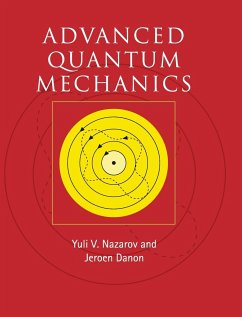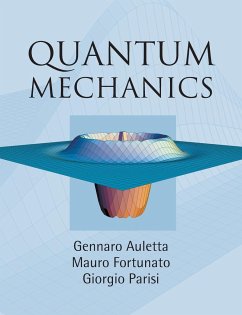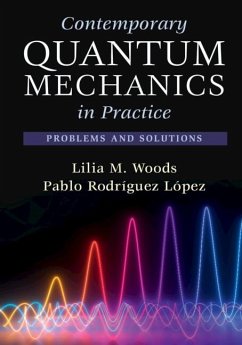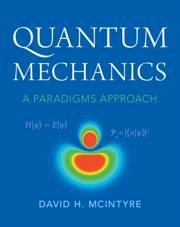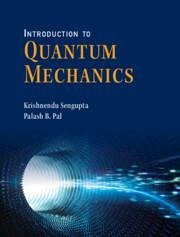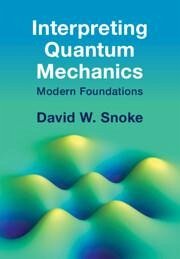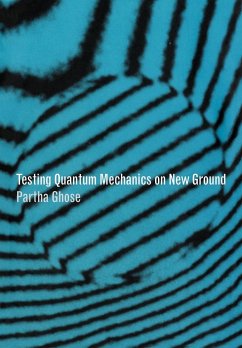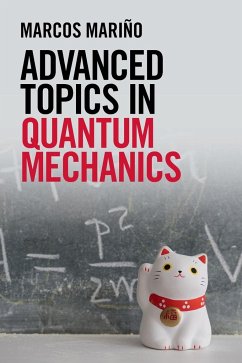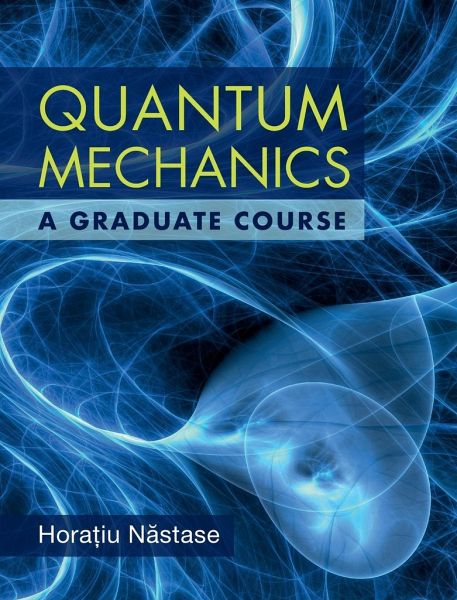
Quantum Mechanics
Versandkostenfrei!
Versandfertig in 1-2 Wochen
94,99 €
inkl. MwSt.
Weitere Ausgaben:

PAYBACK Punkte
47 °P sammeln!
Written for a two-semester graduate course in Quantum Mechanics, this comprehensive text helps develop the tools and formalism of Quantum Mechanics and its applications to physical systems, covering the full range of both standard and current topics.





